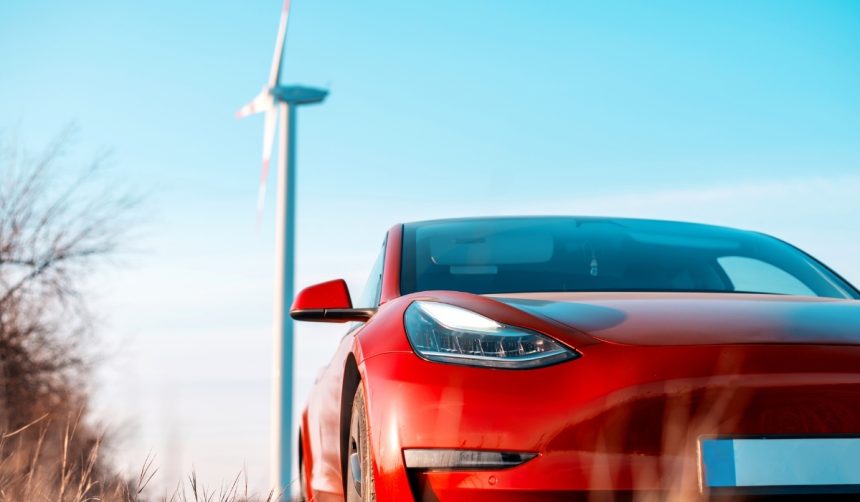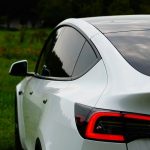Consumers in China are turning to electric vehicles in growing numbers, and the latest data show that Tesla has seen a considerable rise in demand over a recent week. Industry watchers paid close attention to the newly introduced Model Y L and steady interest in existing offerings, which fueled the automaker’s upward momentum in registrations. This increase signals how Tesla is adjusting its market tactics as local competition intensifies, especially after a dip earlier in the year. Analysts and potential buyers are closely observing whether this strong performance will continue and what it could mean for the broader EV sector in the country.
Tesla’s latest figures contrast with registration trends reported through late summer, which had shown some stagnation and short-term declines among major electric vehicle brands in China. Previously, Model 3 variants dominated Tesla’s output, and its quarterly numbers fluctuated as local competitors launched new models and discounting campaigns. While Tesla has announced new hardware and product upgrades over months, the impact on weekly registrations had remained moderate until the most current data. The new Model Y L, in particular, was not yet contributing measurably to sales during past reporting periods.
What is fueling Tesla’s recent growth in China?
According to recent registration data, Tesla recorded 17,300 new vehicle registrations in China between September 15 and 21, marking a 12.7% increase compared to the previous week’s 15,350 units. This figure represents the strongest weekly result for Tesla over the past 12 weeks. The growth is attributed mainly to robust demand for the Model Y, which continues to lead the brand’s portfolio in China.
How has the Model Y L impacted sales figures?
The Model Y L, an extended wheelbase six-seat version launched in August, contributed 850 registrations as deliveries began earlier this month, signaling interest in new configurations. The standard Model Y accounted for the majority of registrations at 10,340 units, while the Model 3 sedan added 6,060 units. Tesla indicated that current orders for the Model Y L are scheduled for November delivery, pointing to ongoing demand.
“Sales of the Model Y L reflect customers’ interest in greater flexibility,” a Tesla China spokesperson said.
How do quarterly performances measure up?
Quarter-to-date, Tesla’s insurance registrations in China have increased 33.2% sequentially but are still 7.8% below last year’s figures for the comparable period. August retail sales totaled 57,152 vehicles, a 9.9% decrease from the same month in the previous year, but a notable rise from July’s 40,617 units. With year-to-date metrics still down nearly 6% compared to 2024, Tesla is focusing efforts on its refreshed product lineup to support continued sales recovery in the next quarter.
“We continue monitoring the market and adjusting our offerings to meet evolving customer needs,” the company commented.
As Model Y L deliveries accelerate and core models such as the original Model Y sustain strong registration numbers, Tesla’s strategy appears focused on offering additional model variants and responding to regional preferences. Market observers note that, while Tesla faces increasing pressure from domestic EV makers, its ability to adjust quickly has kept it in the spotlight. The Chinese EV market remains dynamic, with frequent shifts as new entrants challenge existing players with aggressive pricing and fresh technologies, making Tesla’s continued adaptation critical for its market share.
Looking ahead, Tesla’s performance in China will depend on its responsiveness to market demands and the appeal of its evolving product catalog. While the company’s current registration surge may be attributed to launch excitement for the Model Y L as well as pent-up demand, maintaining momentum could require further updates, localized options, or competitive pricing strategies. For buyers and investors considering the sector, closely tracking registration trends, model releases, and quarter-on-quarter performance offers valuable insight into both Tesla’s position and the trajectory of the electric vehicle industry in the world’s largest auto market.










